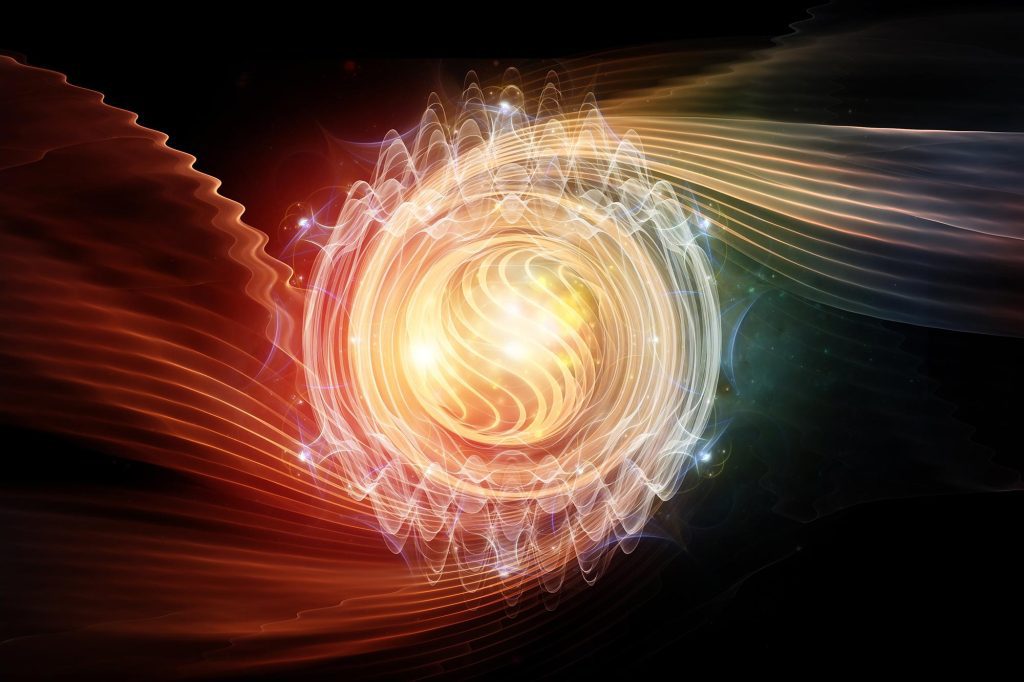

Több mint egy évszázaddal az első megjelenése után a tudósok befejezték Einstein házi feladatát az elektromágnesesség speciális relativitáselméletéről.
Az Oszakai Egyetem kutatói a gyorsan mozgó töltött részecskék által generált elektromos tér relativisztikus összehúzódását mutatják be, ahogy azt Einstein elmélete megjósolta, ami segíthet javítani a részecske- és sugárzásfizikai kutatásokat.
Több mint egy évszázaddal ezelőtt az egyik leghíresebb modern fizikus, Albert Einstein javasolta a speciális relativitáselmélet úttörő elméletét. A legtöbb, amit az univerzumról tudunk, ezen az elméleten alapul, azonban egy részét még nem sikerült kísérletileg bizonyítani. tudósok, akik Osaka Egyetem A Lézermérnöki Intézet először alkalmazott ultragyors elektro-optikai méréseket a közel fénysebességgel haladó elektronnyalábot körülvevő elektromos tér összehúzódásának megjelenítésére és a generálási folyamat bemutatására.
Einstein speciális relativitáselmélete szerint a „Lorentz-transzformációt” kell használni, amely egyesíti a tér és az idő koordinátáit, hogy leírhassa a megfigyelő előtt fénysebességet megközelítő sebességgel elhaladó tárgyak mozgását. Meg tudta magyarázni, hogy ezek az átalakulások hogyan vezettek az elektromos és mágneses mezők önkonzisztens egyenletéhez.
Miközben a relativitáselmélet különféle hatásait igen nagy fokú kísérletezéssel sokszor bizonyították[{” attribute=””>accuracy, there are still parts of relativity that have yet to be revealed in experiments. Ironically, one of these is the contraction of the electric field, which is represented as a special relativity phenomenon in electromagnetism.

Illustration of the formation process of the planar electric field contraction that accompanies the propagation of a near-light-speed electron beam (shown as an ellipse in the figure). Credit: Masato Ota, Makoto Nakajima
Now, the research team at Osaka University has demonstrated this effect experimentally for the first time. They accomplished this feat by measuring the profile of the Coulomb field in space and time around a high-energy electron beam generated by a linear particle accelerator. Using ultrafast electro-optic sampling, they were able to record the electric field with extremely high temporal resolution.
It has been reported that the Lorentz transformations of time and space as well as those of energy and momentum were demonstrated by time dilation experiments and rest mass energy experiments, respectively. Here, the team looked at a similar relativistic effect called electric-field contraction, which corresponds to the Lorentz transformation of electromagnetic potentials.
“We visualized the contraction of an electric field around an electron beam propagating close to the speed of light,” says Professor Makoto Nakajima, the project leader. In addition, the team observed the process of electric-field contraction right after the electron beam passed through a metal boundary.
When developing the theory of relativity, it is said that Einstein used thought experiments to imagine what it would be like to ride on a wave of light. “There is something poetic about demonstrating the relativistic effect of electric fields more than 100 years after Einstein predicted it,” says Professor Nakajima. “Electric fields were a crucial element in the formation of the theory of relativity in the first place.”
This research, with observations matching closely to Einstein’s predictions of special relativity in electromagnetism, can serve as a platform for measurements of energetic particle beams and other experiments in high-energy physics.
Reference: “Ultrafast visualization of an electric field under the Lorentz transformation” by Masato Ota, Koichi Kan, Soichiro Komada, Youwei Wang, Verdad C. Agulto, Valynn Katrine Mag-usara, Yasunobu Arikawa, Makoto R. Asakawa, Youichi Sakawa, Tatsunosuke Matsui and Makoto Nakajima, 20 October 2022, Nature Physics.
DOI: 10.1038/s41567-022-01767-w
The study was funded by the Japan Society for the Promotion of Science and the NIFS Collaborative Research Program.

„Utazási specialista. Tipikus közösségi média tudós. Az állatok barátja mindenhol. Szabadúszó zombinindzsa. Twitter-barát.”





More Stories
A SpaceX Polaris Dawn űrszondájának legénysége a valaha volt legveszélyesebb űrsétára készül
Egy őskori tengeri tehenet evett meg egy krokodil és egy cápa a kövületek szerint
Egyforma dinoszaurusz-lábnyomokat fedeztek fel két kontinensen